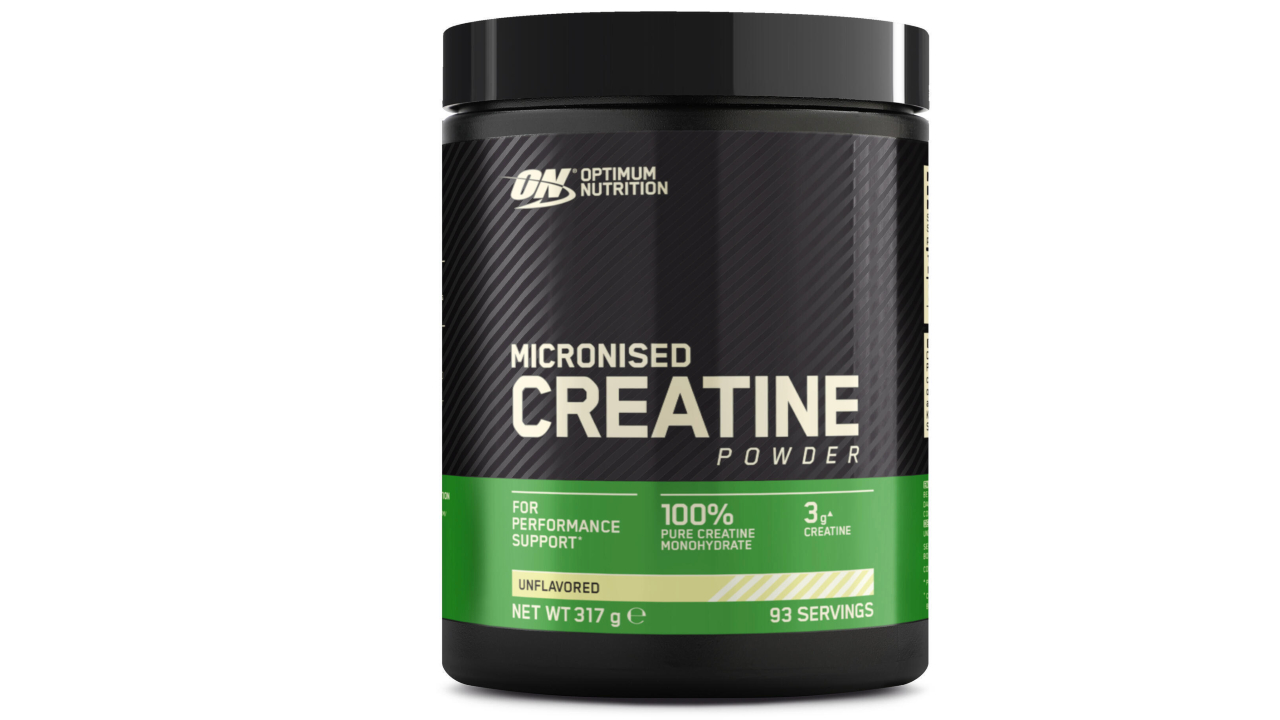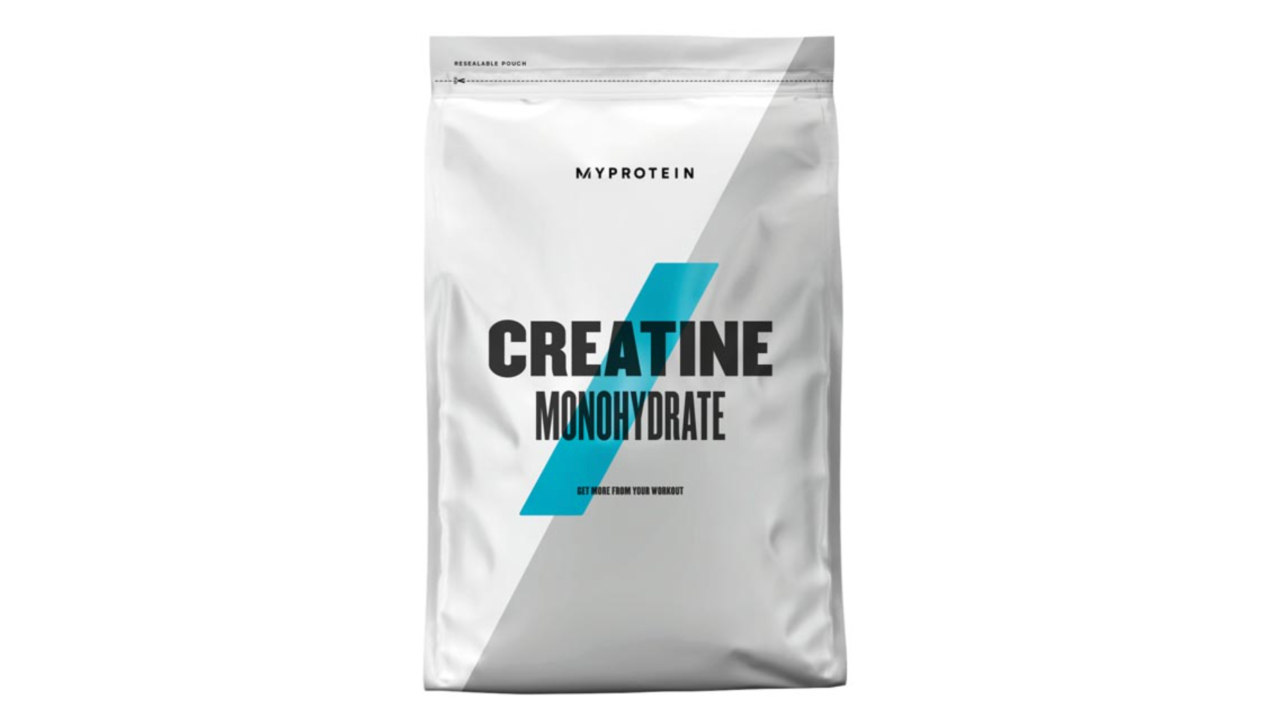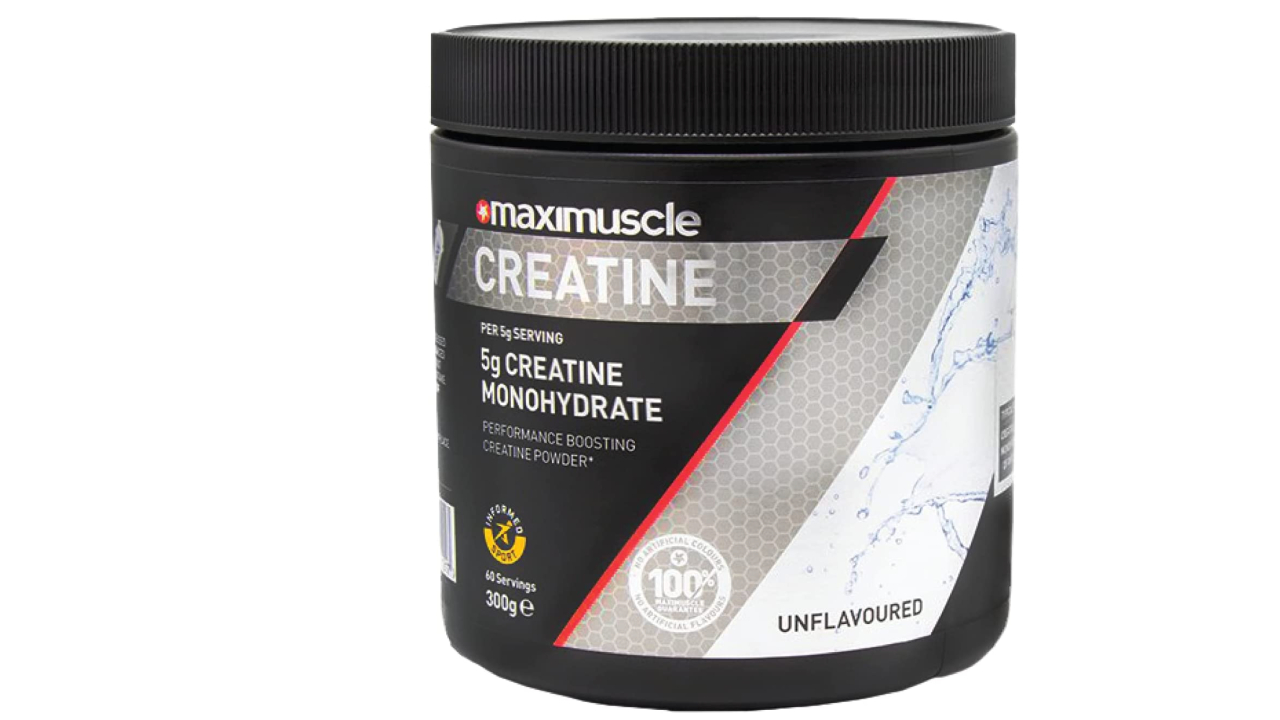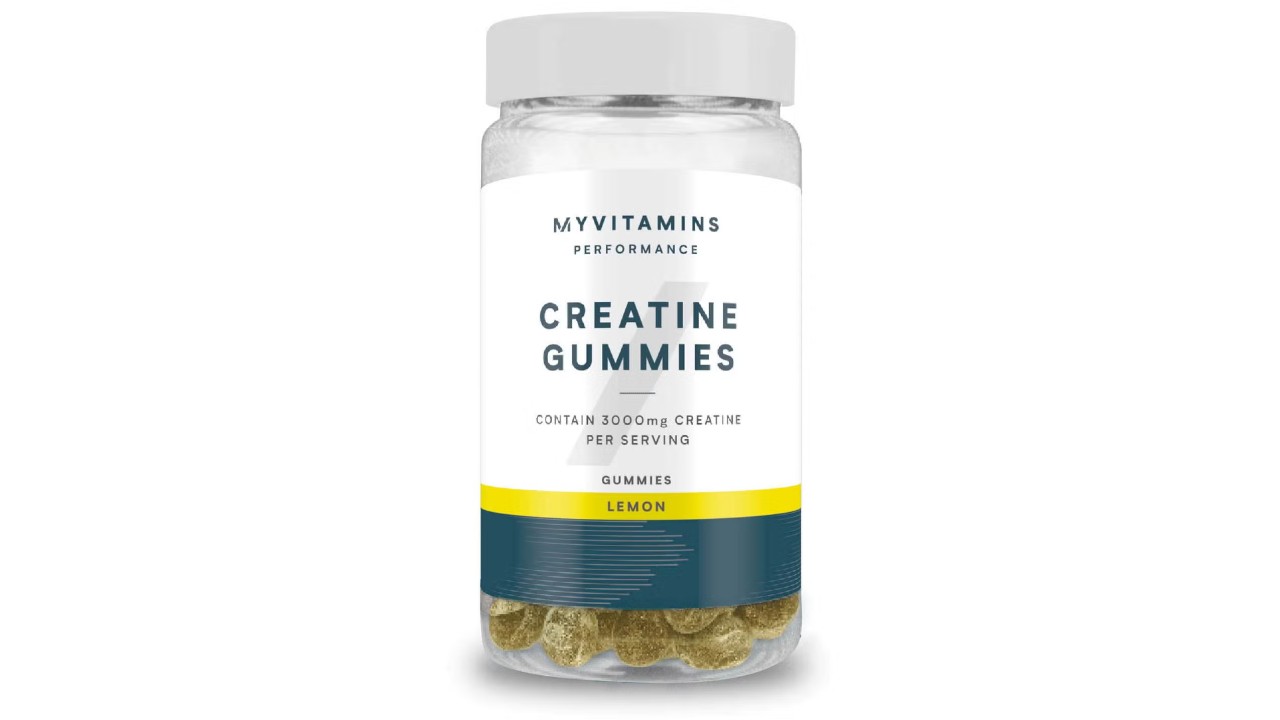The Best Creatine Supplements: Plus, Benefits, Side Effects And Creatine Loading Explained
Expert advice on this sports supplement, including when you should take it, creatine loading, and creatine monohydrate versus other types

Creatine closely follows whey protein in the list of most popular sports nutrition products. It’s convenient, it’s backed up by thorough research and it’s a valuable part of nutrition for plenty of athletes—but it also commonly features in health scare stories. It’s been blamed for everything from shortening your temper and bloating your stomach to kidney problems and even increasing your risk of cancer.
So, before you decide whether to take it or not, read this expert advice from sports dietitian Chris Cashin, the lead on sports nutrition at the University of Wales Trinity Saint David, speaking on behalf of the British Dietetic Association, and Dr Justin Roberts, associate professor of health and exercise nutrition at Anglia Ruskin University, and co-author of a research article asking whether creatine supplements can help you get in shape.
Creatine Explained
What is creatine?
“Creatine is a compound that is produced by the body, mainly in the liver, that consists of the amino acids arginine, glycine and methionine,” says Cashin. “It is used in the muscles to produce energy. It can be obtained from food—primarily fish and meat. Vegetarians and vegans can obtain the amino acids to make creatine as long as they eat a wide range of plant-based foods—not supplements.”
How long has it been used as a sports supplement?
“It has been used for more than 20 years and was certainly around when I trained as a sports dietitian in the late 1990s,” says Cashin.
What are the benefits of using creatine?
“It improves energy production, enabling you to exercise for longer and recover faster,” Cashin says. “It is also thought to promote protein manufacture and muscle mass increases, known as hypertrophy.”
“There's an overwhelming amount of research, including this study published in the Nutrients journal, showing that creatine can boost things like the volume of your workout, the perceived quality of that workout, the recovery time between sets, and the recovery time between sessions particularly with people who are relatively untrained to start with,” says Roberts. “This can all lead to things like strength and speed gains.”
Who can benefit from using it? Is it only for very serious athletes?
“Anyone who weight trains or does any sport that involves high-intensity movements such as sprints, jumps and throws will benefit,” says Cashin. “I find it is commonly used in sports like rugby and football. It has been widely researched and some studies have shown that it does not work at all in some people—that may be up to 50% of people. You will not know unless you try it! It does increase cell volume and some people report weight gain, therefore it is rarely used in weight category sports.”
“The big problem is, nobody knows what their creatine stores are to start with, unless you have access to biopsy techniques,” says Roberts. “Some people don’t respond to creatine supplements because they already have naturally high creatine stores, while other people respond strongly. This could apply to people with lower protein intakes, or people who are on dairy-based protein diets, so vegetarians.It could also apply to fairly untrained individuals.”
How often should you take it?
“It is usual to start with a five-day loading dose where you take four 5g doses and after that a maintenance dose of 2g per day,” says Cashin. “Most people do not have any side effects although some notice water retention. There are studies that have used some different doses but this is the method most commonly seen. It is generally suggested that you take it in cycles of three to four months and then have a break for a month.
“Studies have not conclusively shown when is the best time to take it, but it may be best taken after a meal and with 40-100g of carbohydrate. While there are no major side effects apart from weight gain there have been anecdotal reports that it can cause muscle cramping, gastrointestinal upsets and muscle damage. I have found that when athletes report these side effects they’re taking an incorrect dose—usually too much!”
“If you were to take creatine, take it until you stop feeling the effects, which will probably be somewhere between four and eight weeks. Then, have what we call a ‘wash-out period’ where you stop taking it and your body just carries on training without creatine – you should get a secondary boost.”
This wash-out period should last about four weeks. Then, when you restart taking the supplement, Roberts says you can forgo the loading phase and go straight to a maintenance phase.
Does creatine increase muscle size?
“There are two theories here,” says Roberts. “The first one is that you get this cell-swelling effect. So, when you take creatine, you draw water into the cell, and that swelling effect creates the perception that your muscles are larger. But we believe that swelling creates a mechanism where your genes start to create the links to new protein synthesis, so there is a direct link between creatine and protein synthesis.”
However, the real gains to be made come courtesy of creatine’s ability to allow you to train harder for longer. “It’s like saying, if I could train for four days and you could train for 20 days, who’s going to have the better end result?” says Roberts.
Is it worth using a pre-workout supplement which contains creatine?
“There was a really good study published in Medicine And Science In Sports And Exercise by Cribb and Hayes looking at timing,” says Roberts.
“They had two groups. They gave one group a creatine, carbohydrate, protein formula drink immediately before or after training, and the other group received the same drink early in the morning or late in the evening.
“They followed a 10-week training programme, and the study showed that creatine supplements, irrespective of timing, did improve muscle bulk or muscle size, but you got bigger gains when you took it close to training.”
The Best Creatine To Buy
While normally we taste-test supplements before recommending them—for instance, with the best protein powders and best pre-workout supplements—we are making an exception for creatine. Why? Most are unflavoured and the serving size is so small we’ve found there’s little difference in how they mix. So we’ve surveyed your options to come up with a shortlist for you to choose from. But first, a word from Cashin on whether it’s worth seeking out a particular kind of creatine.
When buying creatine is there anything you should look out for on ingredient lists?
Creatine monohydrate is the most commonly used form of creatine. It dissolves easily in water and is generally cheaper. There is no evidence that creatine in any other form is better absorbed – this would include serum, citrate and phosphate. You should look out for protein bars or other supplements that have it added, because more is not better!

Optimum Nutrition Micronised Creatine Powder
Specifications
If you can detect a grittiness to your shake when using creatine supplements, try this, which is micronised—reduced to an ultra-fine powder—to help it dissolve easily.

Myprotein Creatine Monohydrate Powder
Specifications
Myprotein is always a good bet for reasonably priced supplements and you should never—never—pay full price. There’s always a sale on or discount code pop-up or other reduction to drop the price a little more.

Maxinutrition Creatine Monohydrate
Specifications
Maxinutrition’s creatine supplement is batch-tested and accredited by the Informed Sport testing programme, which is reassuring for sportspeople who may be tested for banned substances. It does make this supplement more expensive, however.

Myprotein Creatine Gummies
Specifications
If you’re struggling to fit your tub of creatine powder into your gym bag with all the other powders you need to make your post-workout shake, consider creatine gummies instead. A suggested serving of six contains 3g of creatine monohydrate, and the sweet lemon flavor is easy to take.
Sign up for workout ideas, training advice, reviews of the latest gear and more.

Nick Harris-Fry is a journalist who has been covering health and fitness since 2015. Nick is an avid runner, covering 70-110km a week, which gives him ample opportunity to test a wide range of running shoes and running gear. He is also the chief tester for fitness trackers and running watches, treadmills and exercise bikes, and workout headphones.
